X1100
Contents
Overview
The X1100 shield is a 2.5 inch SATA HDD/SSD expansion board, offering an easy and fast way to create bigger storage solution for your Raspberry Pi 5. Its elegant and ultra-compact design allows 2.5" HDD/SSD to be conveniently attached to Raspberry Pi. The SuperSpeed USB 3.0 port delivers a blistering data transfer rate of up to 5Gbps, letting you transfer a large amount of data in seconds. The mounting holes and standoffs help protect the hard disk drives, while effectively drawing the heat away from the drive for reliable performance. The built-in LED light indicates the reading or writing status – no more guesswork again.
The X1100 can be the perfect storage solution for your home media center and building Network-attached storage (NAS) for storing and streaming your own videos, music, and digital photos around the house and even across the world. the X1100 also supports operating system booting from your HDD/SSD for faster app opens, web serving and file copying.
Features
- Only compatible with Raspberry Pi 5
- A storage solution for Raspberry Pi 5 - 2.5" SATA HDD/SSD Shield
- Supports up to 5TB 2.5-inch SATA hard disk drives (HDD) / solid-state drive (SSD)
- Integrated USB 3.1 Gen1 to SATA 6Gb/s bridge controller
- USB3.1 Gen1 5Gb/s connectivity offers plug-and-play functionality on your Raspberry Pi
- Supporting booting OS from your HDD/SSD for faster app opens, web serving and file copying
- Compatible with USB 2.0
- USB bus-powered - only one PSU required
- LED blue indicator indicates drive status
- Specially-made USB3.1 jumper to connect with Raspberry Pi - no additional cables needed
- Mounting holes and standoffs provide mechanical stability of the Raspberry Pi and X1100 assembly
- PCB Size: 107.5mm x 85mm
Test & Reviews
Before we start read/write tests on the X1100, let's test it with a Micro SD card first! 
1. Test Micro SD card
Test Conditions
Raspberry Pi 5 Model B Rev 1.0 , 4G RAM
Operation system: Raspberry Pi OS with desktop (Debian12 (bookworm), 32bit, Release date: October 10th 2023)
Storage details: SanDisk Ultra 32GB C10 A1 level TF card
As seen above, the final results with the dd command are:
-Write speed: 13.9 MB/s
-Read speed: 91.1 MB/s
2. Test X1100 shield
Test Conditions
System board details: Raspberry Pi 5 Model B Rev 1.0 , 4G RAM
Interface board details: X1100 V1.0 USB3.0 to SATA 6Gbs HDD/SSD shield
Operation system: Raspberry Pi OS with desktop (Debian12 (bookworm), 32bit, Release date: October 10th 2023)
Storage details: Samsung 2.5" SSD 750 EVO 120GB
Testing the SSD speed from command line with dd command
1) To test the write speed, writing 1 GB of data in 10 blocks of 100 MB.
2) To test the read speed, use dd to read our entire TestingFile file generated from the last command, in 10 blocks of 100 MB each.
As seen above, the final results with the dd command are:
-Write speed: 392 MB/s
-Read speed: 403 MB/s
Testing disk drive read speed with hdparm
Average read rate: 371.7 MB/s (3 samples)
Testing disk drive Read/Write speed with CrystalDiskMark on Windows
(Conect the X1100 to a Windows PC using an USB3.0 male-to-male cable)
Packing List
- 1 x X1100 V1.0 2.5" SATA HDD/SSD Shield
- 4 x M2.5x14mm F/F spacers
- 8 x M2.5x5mm screws
- 2 x M3x6mm screws
Technical Specification
Power supply: 5Vdc +/-5% 1.3A via USB3 port
Ports & Connectors: USB socket - USB 3.0 type A, SATA HDD connector - 7P+15P
PCB Size: 107.5mm x 85mm
Important Notes
- Recommended Raspberry Pi official 27W USB-C Power Supply, which provides up to 5A current at +5.1V to drive your hard drives
- If you are using a power supply that cannot provide 5A at +5V or not compatible, setting usb_max_current_enable=1 in the /boot/firmware/config.txt file will override this and increases the USB current limit to 1.6A. otherwise, it might affect USB booting or cannot provide enough power to your hard drives and SSDs .
- The X1100, a USB 3.0 devices might generate radio frequency interference that can cause Wi-Fi and other wireless devices operating in the 2.4GHz band to have issues communicating with your Raspberry Pi5. To avoid interference on the 2.4GHz band using Wi-Fi, try using the 5GHz band instead. If problem still exists, please turn off WiFi and use the wired network instead.
Matching Metal Case
There is no matching metal case for X1100 now, please looking forward to the update!
Documents
- X1100 Hardware Description: X1100 Hardware
- X1100 Software Tutorials: X1100 software
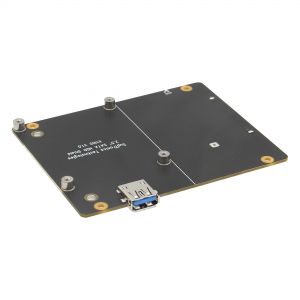
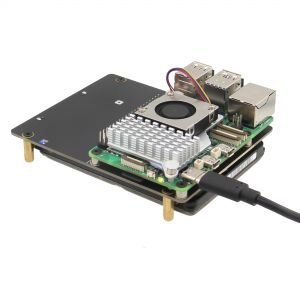
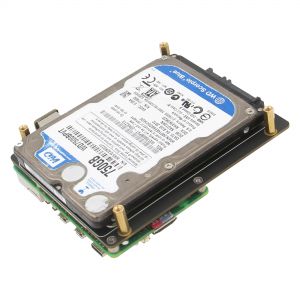
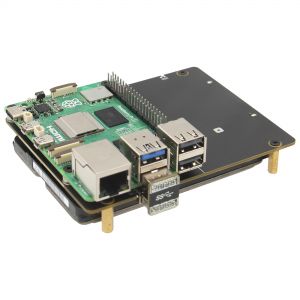
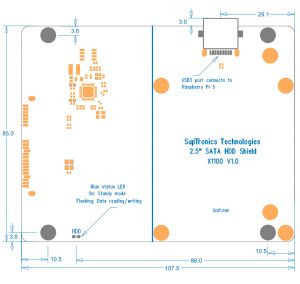
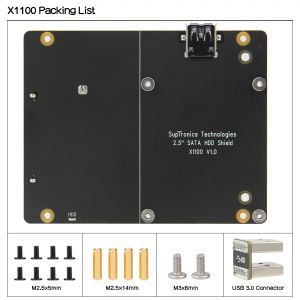


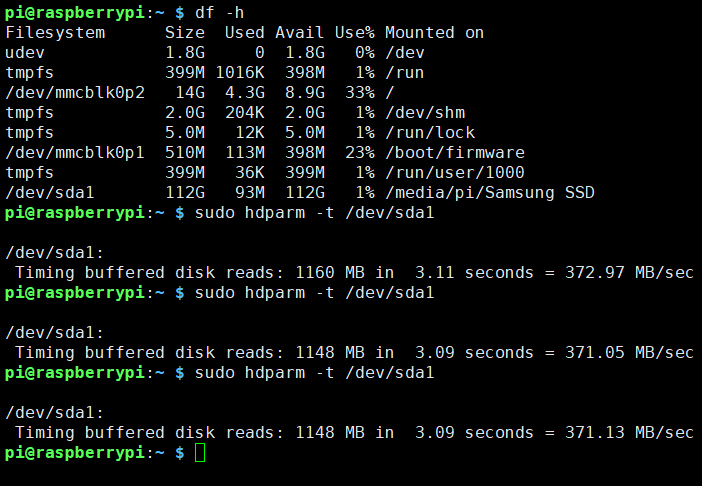
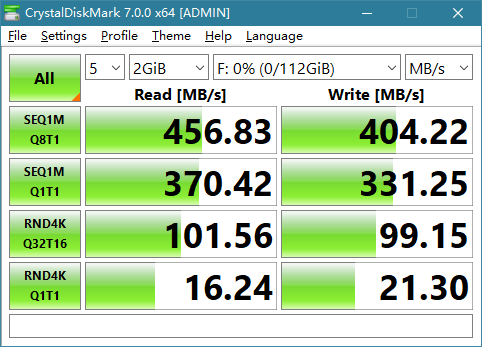
Enable comment auto-refresher